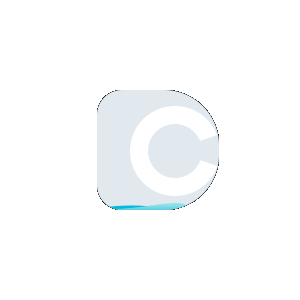Get HTTP Headers
HTTP headers are HTTP status codes or HTTP responses that enable additional information to be sent out from the client and the server, whenever a request is made to the server, or the user tries to access a particular page. This is precisely the information that is sent in response to the request which is made on the page or the website.
If you are someone who deals with HTTP, then the chances are fair that you must have to take care of custom HTTP headers as well. Since they have originated from the syntax of email headers, the history of HTTP headers is a long and challenging. Often you may come across headers that do not adapt well to the specifications. This results in making everyone’s job a little bit trickier. However, the recent releases of the HTTP specifications have helped quite a lot in clarifying and consolidating to get the HTTP request header format and syntax right.
Now you can use the Get HTTP Headers by Dupli Checker to see which response code is being returned by your web server for a requested URL. This excellent header checker tool can deliver you all the valuable information that you are seeking on the status of requested URL. All you need is just the URL!
Note: One response code may be returned by our HTTP header checker tool - Get HTTP Headers, in case the original URL has been redirected to another URL.
When it comes to technical analyses of any website, we can attain a sufficient insight by reviewing the HTTP response headers which are returned when requests are issues to the servers.
Implementation of crucial SEO items in the HTTP headers is more prevalent than you may have an idea, whereas most of the key SEO tools don’t check them. Nonetheless, it is the most preferred feature. HTTP headers are extremely critical to SEO efforts that now various tools are available that let check headers for SEO factors.
Did you know that in the HTTP header you can declare canonical URLs? Did you know that HTTP headers can also carry canonical tags and you do not have to declare them in the HTML code? Well, if you didn’t know before, now you do.
Evaluation of your HTTP response headers can give you valuable assets about your practical SEO performances. Whether you are looking at canonical URLs or looped redirects, a clear idea of each returned HTTP header is very critical.
If you want to check the HTTP headers for a particular web page, you can easily check the status online by using our tool. All you have to do is just enter the complete URL of the website which you would like to inspect and then click on the button that says “Submit”. In a matter of seconds, you will be able to view the detailed results.
To try our efficient tool before actually using, you can enter any random URL in the text field and check the HTTP request example.
This tool by Dupli Checker to get the HTTP headers is very user-friendly, easy to use and totally FREE!
Not all of us are aware of everything about the HTTP headers or HTTP Status Codes, and the purpose that they are designed to serve. So, let’s have a look at some of the frequently occurring codes:
200 OK: When you see this code it is a good news. It means that the browser has found the given URL and everything is functioning smoothly.
403 Forbidden: This status is not a good news. It is alarming, and it means that the request has been refused by the server which has blocked the access to Google bots, having an adverse impact on the SEO of your website. Therefore, it’s important to fix it right away.
301 Moved Permanently: This HTTP status code indicates that permanent URL redirection has been made. It means that the URL has to be updated with the new URL incorporated in the location field with the response.
404 Not Found: This status code indicates that the webmaster has deleted the website or the page and it has not been found on the server.
503 The Server Is Temporary Unavailable: When you see this HTTP status code then that means that something is not right with your server or the host.
 Plagiarism Plans
Plagiarism Plans  Paraphrasing Plans
Paraphrasing Plans  Reverse Image Search
Reverse Image Search 

























